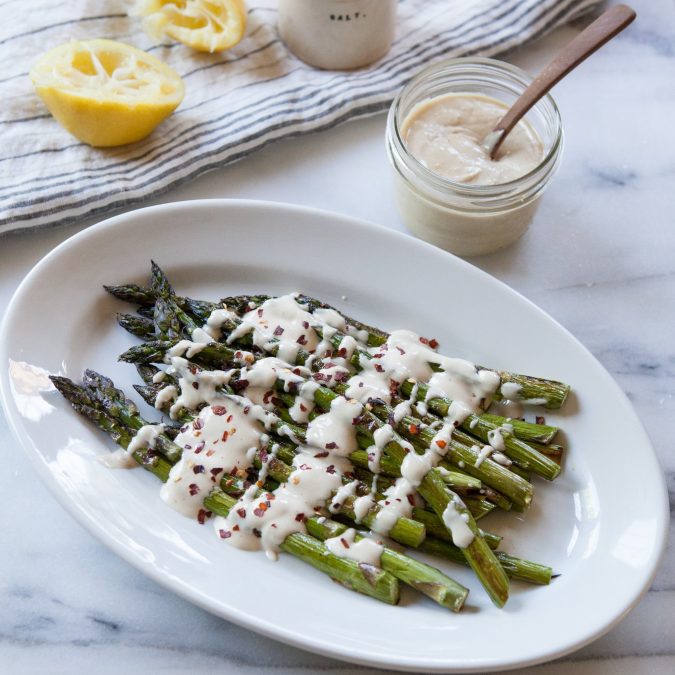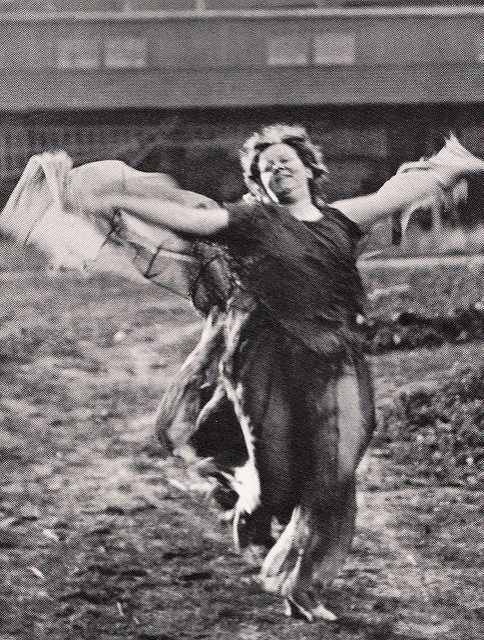 get elephant's newsletter
get elephant's newsletter
So I’m 50.
Big deal. Well, actually it is because I’m now part of a secret society of women, and therefore, now and forever, part of a collective we.
That said, I believe I speak for a majority of women when I say I wasn’t looking forward to menopause, and trust me, some of the symptoms are seriously messed up. But, the gifts I’m finding are well worth the frustration.
The fact that no one ever told me about crone energy isn’t surprising. No one told me about the joys of the empty nest either, so I guess I will attribute it to women’s guilt. You know, the way women feel 99 percent of the time? It’s really not our fault. We have been programmed to feel this way since we were little girls, especially when we do anything that remotely benefits ourselves rather than others. And by others, I mean—anyone else—including the vilest of human beings—even pets! It doesn’t matter, as long as it’s someone other than ourselves because putting ourselves first, for any reason whatsoever, would be wrong.
Am I right, ladies?
Where we got this message is one of the many rabbit holes we are invited to dive into during the menopausal years. Whether we choose to descend down into this darkness is a mystery and based on many factors. For me, the descent began in my 30s and mostly out of desperation.
My body is now catching up. For others it might be later—perhaps more subtle and part of a natural flow. The flow that moves along gracefully as a woman moves through the phases of maiden-mother-crone. Like I said, my movement between the three has been anything but graceful. Often jerky, and sometimes resembling a train wreck, but I’ve been more than happy with the results.
So, here are six traits to celebrate in menopausal women.
We No Longer Give a Sh*t!
It’s true. The desire to please others or be something we are not has literally left our bodies via a very irregular menstrual flow. Inconsistent and no longer relevant, we have thrown the baby out with the bath water and, quite frankly, don’t care.
Our ability to care about things that don’t matter is simply gone. Besides, it takes too much energy and we are nothing if not about conserving our energy at this stage. You see, our threshold to care less has reached its pinnacle and the view from up here is absolutely intoxicating. By the way, the next five traits are mostly subsets of this one so, when in doubt, refer to reason number one.
We Are Letting Go of Control
Not only has our obsession for perfection and control waned, but our ability to throw it all to the wind has increased considerably. Again, it’s just too much work. Life suddenly becomes too short because there just isn’t that much left of it.
It’s an ideal time to resign to that higher power everyone keeps talking about and embrace it with all we have left. What a lot of work and worry for nothing. What’s the point? Let someone or something bigger, brighter, and better worry about it from now on—we are done.
Besides, a nap does wonders and fixes just about anything.
We No Longer Hold Back
Seriously, we just love letting things rip. Having no filter is so incredibly freeing, not to mention entertaining, as we watch others react to our uninhibited free-flowing speech. Though exact words often elude us due to the brain fog, the passion behind our words is very real.
I suppose it has something to do with losing all patience for anything that resembles etiquette, manners, or social protocol. Just “cut to the chase!” we say. What comes out comes out—and what doesn’t will most definitely come out later. No time for regret or playing it safe. We are just happy to still be here and that kind of appreciation goes a long way.
We No Longer Put Ourselves Last
A tough one to accept at first but the more we act on it, the easier it gets. It just can’t be wrong when it feels so good, right? Right! We’re so programmed to put everyone above and beyond ourselves, it takes a lot of crone energy to shake the God Complex and stop doing for others. And hells bells, we are taking back Mother’s Day too. Make our families cook a meal, bake a cake, and perhaps play our favorite game with us. It’s one day a year, for God’s sake! Embrace it already!
We Ask for What We Want
It’s been a long journey to get here so don’t mess with us. We know what we want and are no longer ashamed to ask for it. That mommy porn that infiltrates the Internet is spot on!
We’re no longer waiting for someone to offer to clean the house or take out the garbage, it’s happening—not because we willed it to happen—but because we asked for it. No longer a puzzle, expecting others to figure out what we want, we are saying it loud and clear, and making it happen. Or else!
We are No longer Afraid of Our Anger
Probably the best part of becoming a crone is owning our anger. Yes, that feeling in our belly that used to elude us. The jig is up. We have morphed into direct, unapologetic, and straightforward human beings. Unimpressed with the social convention of keeping things warm and fuzzy, we happily trade it in for danger and living on the edge.
Unpredictable and unwavering in our desire for keeping things real, we no longer watch from the sidelines and anticipate our next move. We are all in!
If menopause and the secrets of crone energy teaches anything, it’s that the time is now—right now. Time to celebrate that which got lost in translation and spread it far and wide. No longer a stranger, the crone emerges strong, tenacious, courageous, and full of mischief. She is witty, fun, and doesn’t give a crap what anyone thinks. It’s her way or the highway, and that’s just fine.
Unfettered and uninhibited, menopausal women unite!
Just imagine what we could do together and just imagine what the world would be like if we made menopause a cause for celebration.
I don’t know about you but the crone in me believes it would change everything!
~





























